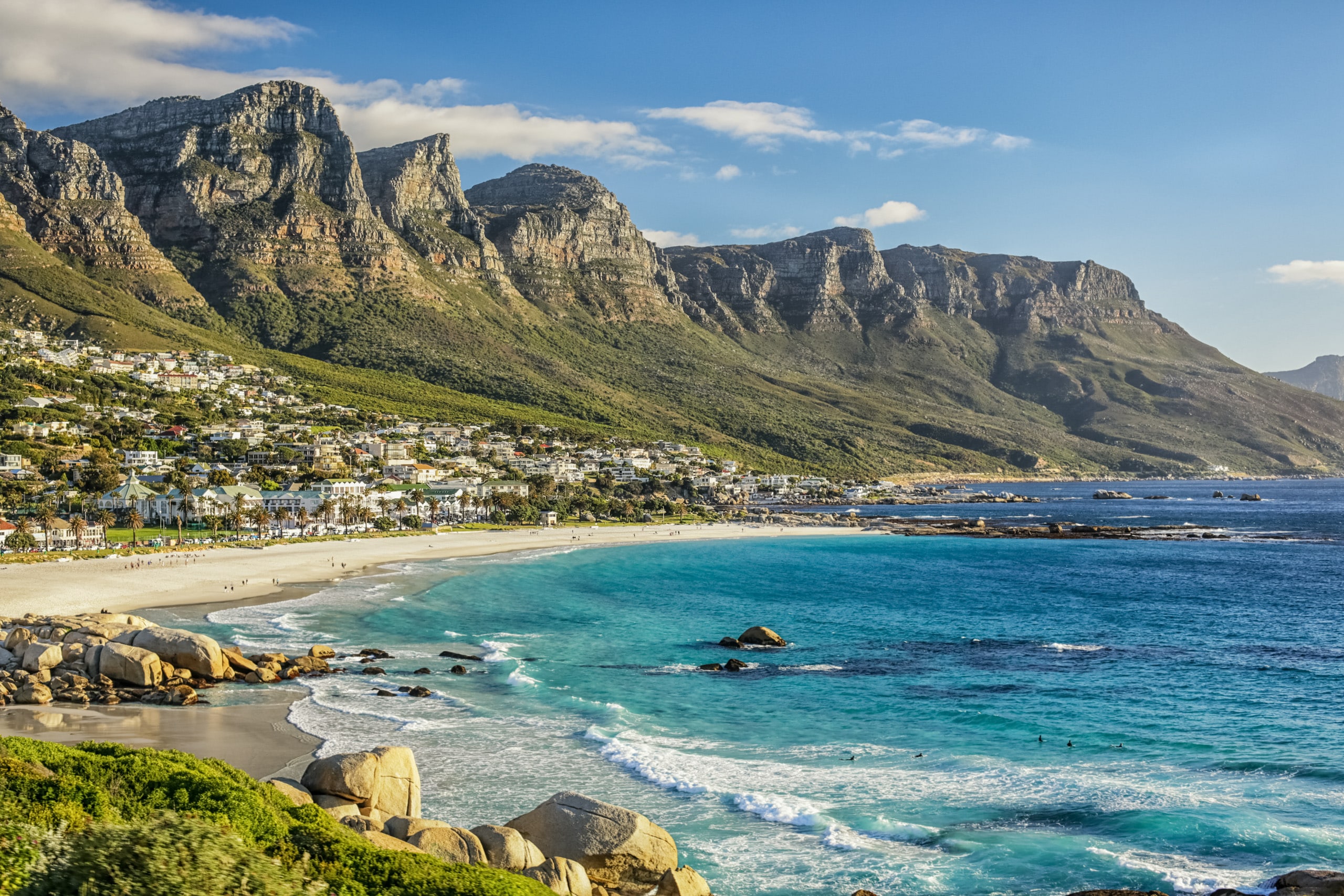
Cape Town, South Africa
Cape Town, South Africa
Description
160 years after its discovery by Portugal's Bartholomew Diaz in 1488, the Cape of Good Hope was still a part of primeval Africa. Sailors on passing ships impatient to reach the East or return home to Europe would leave messages under inscribed "post office" stones for other ships to carry forward. In 1580, Sir Francis Drake sailed around the Cape. The ruggedness and breathtaking beauty of the peninsula caused him to write, "This Cape is a most stately thing, and the fairest Cape in the whole circumference of the earth." The Dutch East India Company, yielding to repeated petitions and recommendations from their ships' officers, decided to establish a post at Table Bay in 1652. A stronghold was established and subsequently was replaced by the existing Castle of Good Hope - Cape Town's first building.
Cape Town continued to grow quickly under Simon van der Stel, who arrived as Governor in 1679. He turned vast regions into rich farmland, planted some 8,000 trees and designed and built the stateliest of the Cape's historic mansions, Groot Constantia (named after his wife, Constance). The British seized the Cape from Holland in 1806 and the subsequent discovery of diamonds and gold in the country spurred growth and immigration. Cape Town became a municipality in 1840 and a liberal constitution was granted to the Cape Colony in 1853. Today, the "Mother City" and the Western Cape are home to South Africa's parliament for half of the year (Parliament sits in Pretoria for the other half of the year) and much of its major industry.
Points of Interest
- Table Mountain/Aerial Cableway
- Cape of Good Hope/Cape Point
- Kirstenbosch National Botanical Gardens
- Stellenbosch
- Robben Island
- Boulders Beach
More about Cape Town, South Africa Points of Interest
-
Table Mountain/Aerial Cableway -
Ascend to the top of this majestic, flat-top sandstone mountain in a cable car. Even the locals are awed by the 360º view of Cape Town from the cable car.
-
Cape of Good Hope/Cape Point -
The Cape of Good Hope is the southwestern most tip of Africa, located at Cape Point, part of Table Mountain National Park. The region is renowned for its extraordinarily rich flora and fauna.
-
Kirstenbosch National Botanical Gardens -
South Africa's world-famous national botanical garden boasts over 8500 indigenous plants over 1,300 acres, several trails and Zimbabwean stone sculpture exhibits.
-
Stellenbosch -
The university town of Stellenbosch is one of the oldest settlements in South Africa, renowned for its wines produced here since the early 18th century.
-
Robben Island -
During the apartheid years, Robben Island was used to imprison political opponents such as Nelson Mandela. Today, it's a UNESCO World Heritage Site with a museum and tours led by ex-political prisoners.
-
Boulders Beach -
This sheltered beach is made up of inlets between granite boulders, and is one of the few sites where penguins can be observed at close range, wandering freely in a protected natural environment.